The decision was approved by the Chairman of the session - Professor Nikolay Nenov (Bulgaria) - at 1:02 p.m. on July 12 (Paris time), after more than an hour of discussion and recording of opinions from member countries.
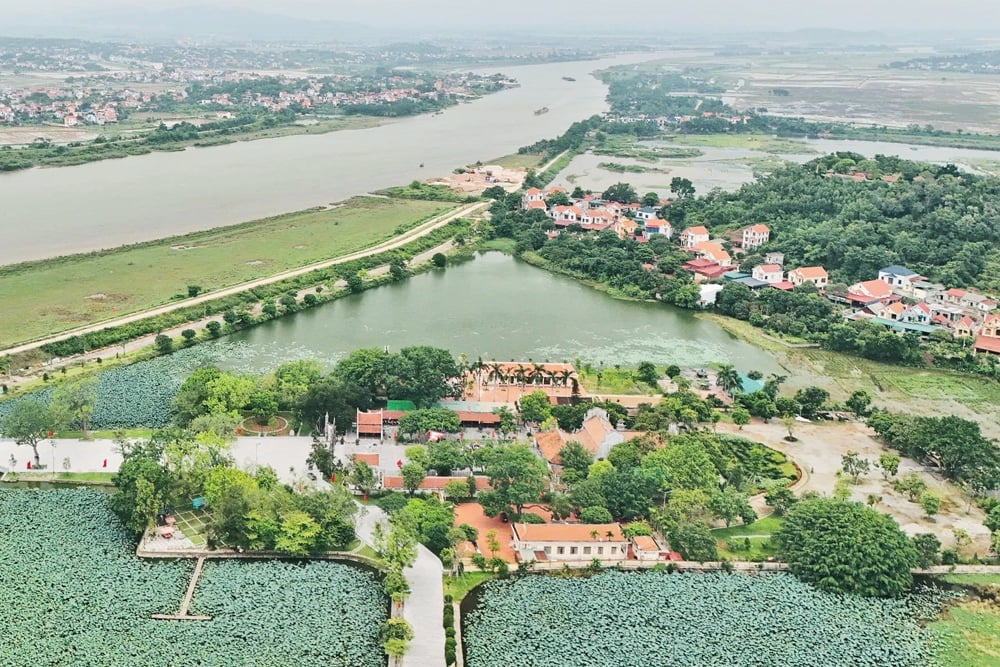 |
Kiep Bac Temple in Hai Phong worships Hung Dao Dai Vuong Tran Quoc Tuan. |
This is Vietnam's 9th World Heritage Site and the second inter-provincial World Heritage Site, after Ha Long Bay - Cat Ba Archipelago. The heritage complex consists of 12 sites, located in three localities: Quang Ninh, Hai Phong and Bac Ninh, with a core area of 525.75 hectares and a buffer zone of 4,380.19 hectares.
Typical sites include Thai Mieu, Hoa Yen Pagoda, Ngoa Van Pagoda, Yen Giang stake field (Quang Ninh); Kiep Bac Temple, Thanh Mai Pagoda, Kinh Chu Cave, Nham Duong Pagoda (Hai Phong); Vinh Nghiem Pagoda, Bo Da Pagoda ( Bac Ninh ).
The complex reflects the process of formation, propagation and revival of Truc Lam Buddhism - the Zen sect founded by King Tran Nhan Tong in the 13th century. From Yen Tu (enlightenment), to Vinh Nghiem (propagation) and Con Son - Kiep Bac (revival), the system of relics shows the connection between the state, religion and the community in a specific historical period.
Truc Lam Buddhism was developed mainly by members of the Tran royal family, a sect that combines elements of Buddhism, Confucianism and indigenous beliefs. According to heritage records, there are currently about 30 million followers, 50,000 monks and nuns and more than 15,000 Truc Lam pagodas in more than 30 countries. Some typical locations such as Truc Lam Pagoda in Paris (France), Tran Nhan Tong Peace Prize (USA) are recorded in the records.
The nomination dossier was developed over 13 years, with the participation of scientists, heritage experts and the authorities of three localities. During the completion process, the Ministry of Culture, Sports and Tourism, the Ministry of Foreign Affairs and the localities received comments and recommendations from the UNESCO World Heritage Centre and the International Council on Monuments and Sites (ICOMOS) to clarify the outstanding universal value and the capacity to manage and preserve the heritage as required by the 1972 World Heritage Convention.
Previously, Vietnam had 8 World Heritage Sites recognized by UNESCO, including: Hue Monuments Complex (1993), Ha Long Bay (1994, expanded 2000), Hoi An Ancient Town (1999), My Son Sanctuary (1999), Phong Nha - Ke Bang National Park (2003, expanded 2015), Thang Long Imperial Citadel (2010), Ho Dynasty Citadel (2011) and Trang An Scenic Landscape Complex (2014).
Source: https://baobacninhtv.vn/quan-the-yen-tu-vinh-nghiem-con-son-kiep-bac-duoc-cong-nhan-di-san-van-hoa-the-gioi-postid421743.bbg



![[Photo] President Luong Cuong receives US Secretary of War Pete Hegseth](https://vphoto.vietnam.vn/thumb/1200x675/vietnam/resource/IMAGE/2025/11/02/1762089839868_ndo_br_1-jpg.webp)


![[Photo] Lam Dong: Images of damage after a suspected lake burst in Tuy Phong](https://vphoto.vietnam.vn/thumb/1200x675/vietnam/resource/IMAGE/2025/11/02/1762078736805_8e7f5424f473782d2162-5118-jpg.webp)

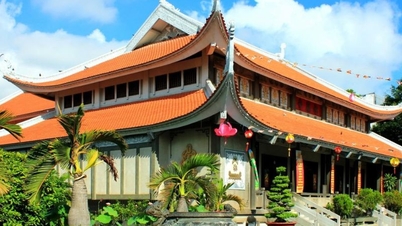
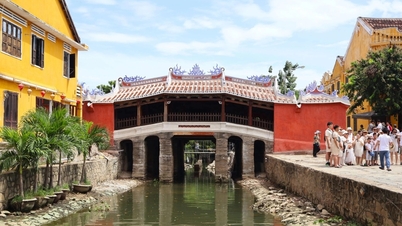

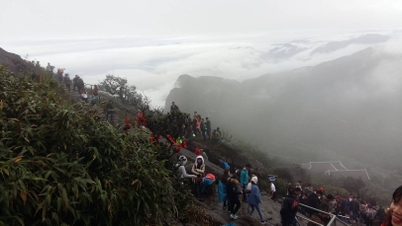





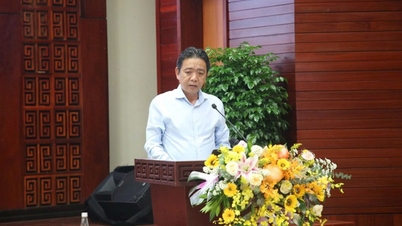



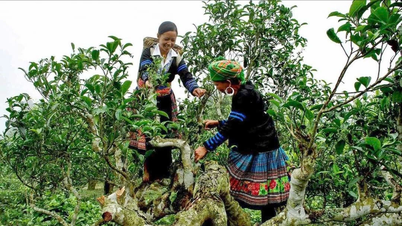


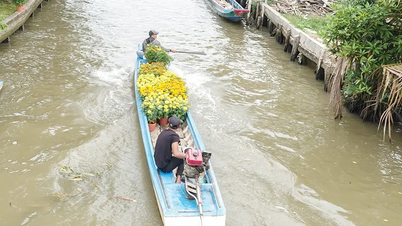

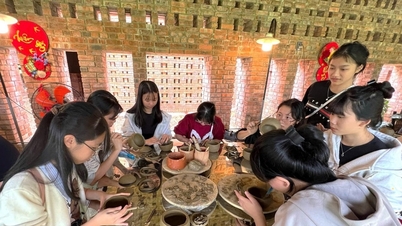
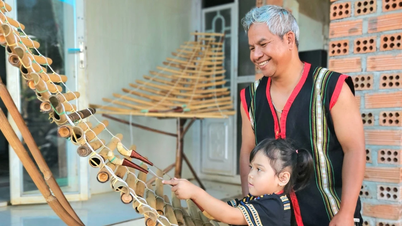






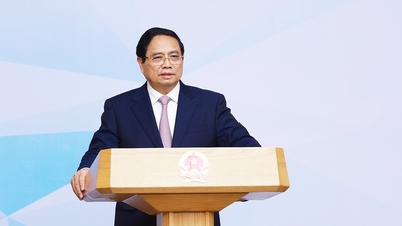
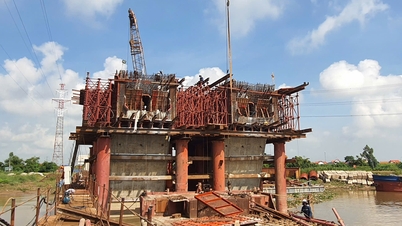
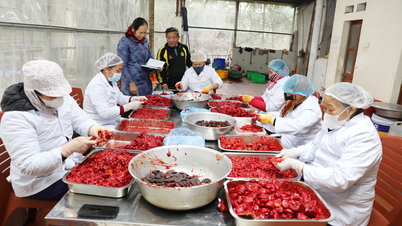
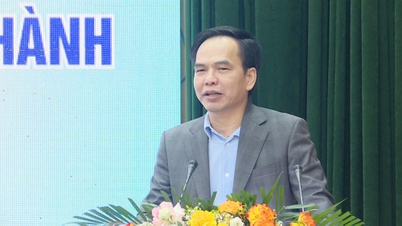


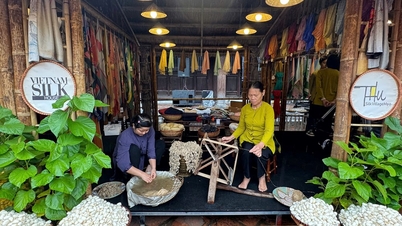

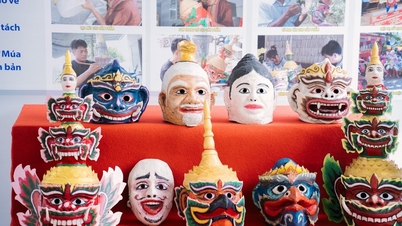

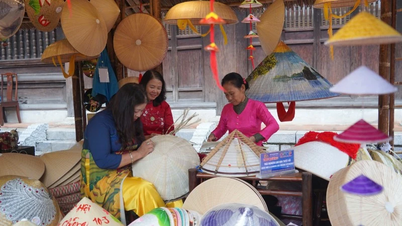

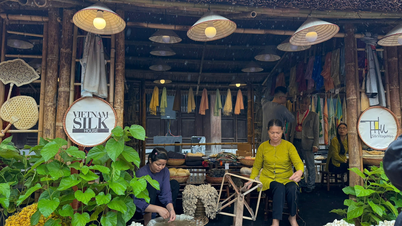



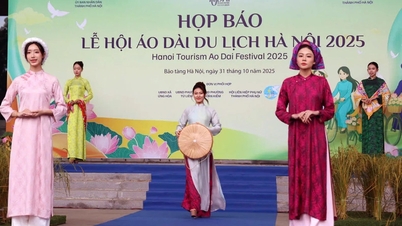



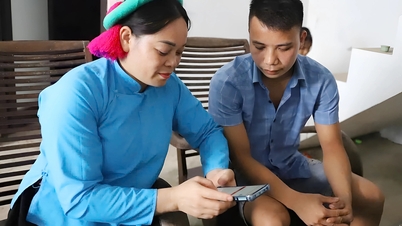



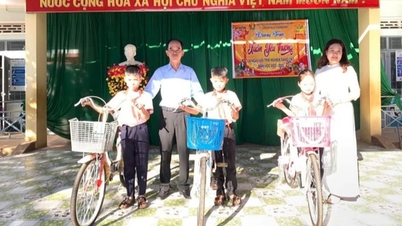

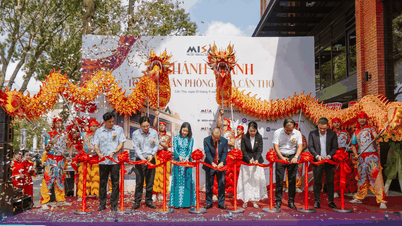

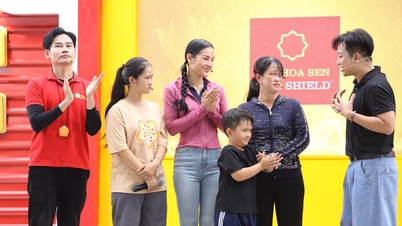
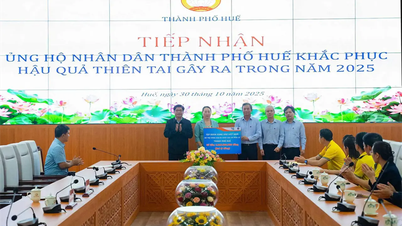
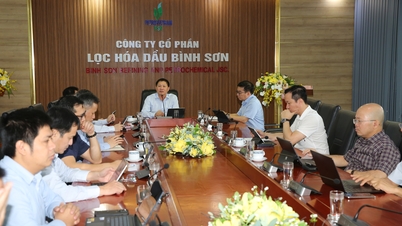
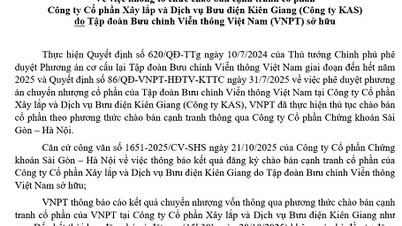






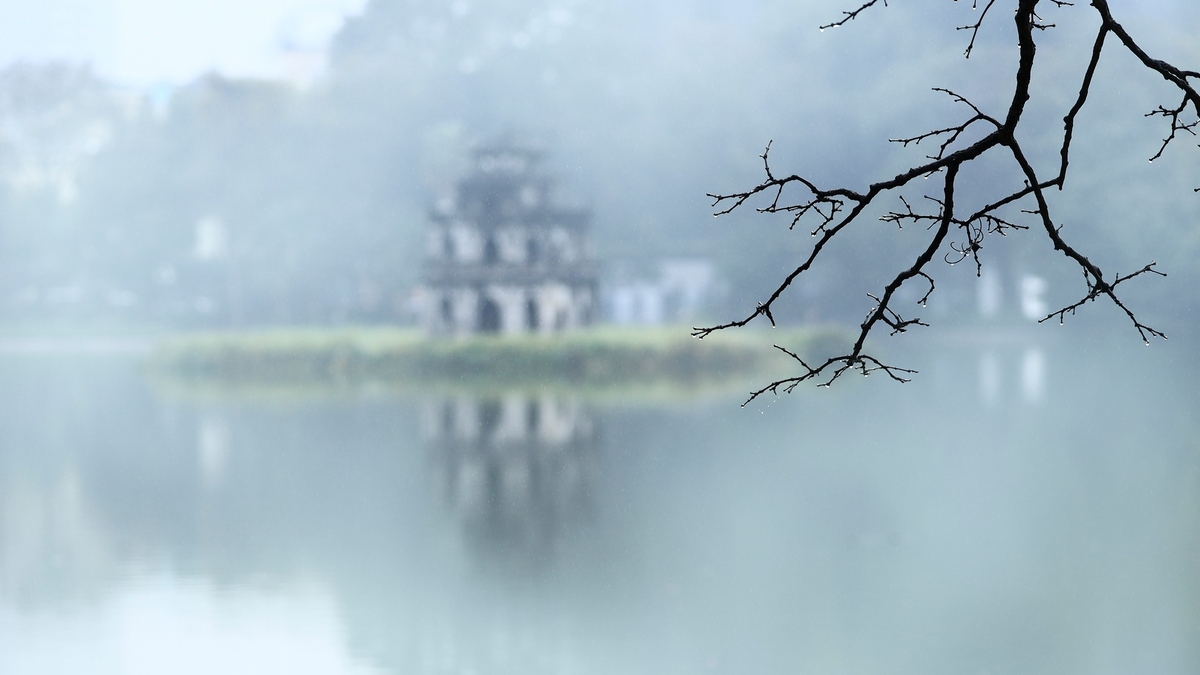
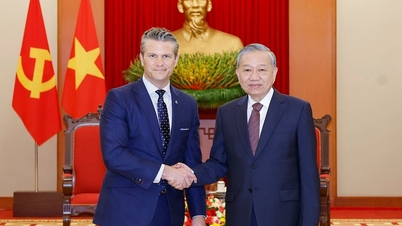

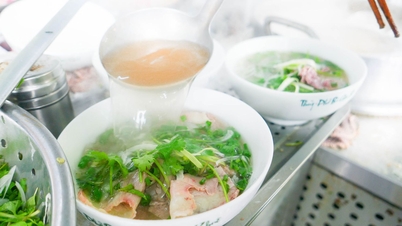
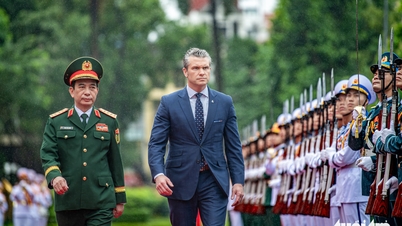
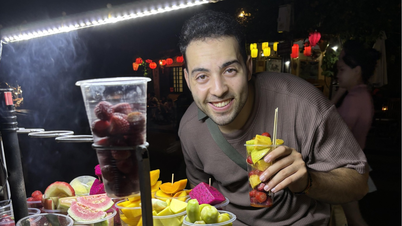

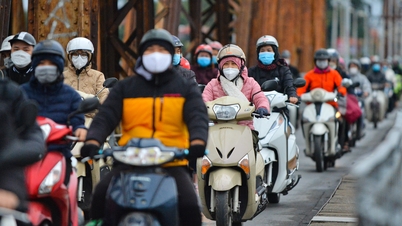


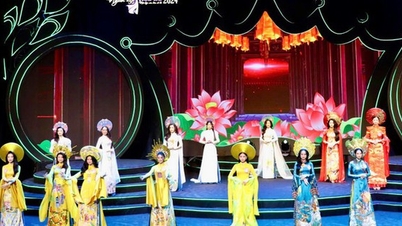


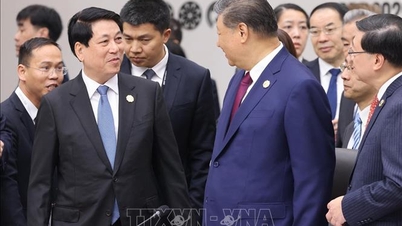

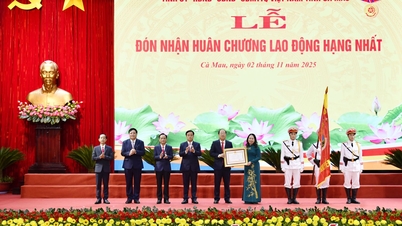



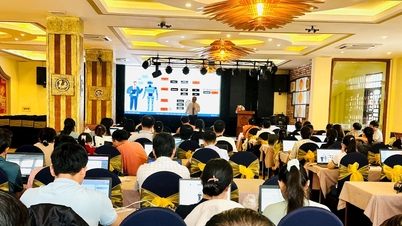


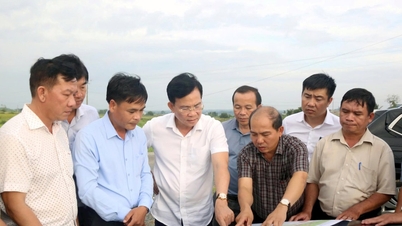
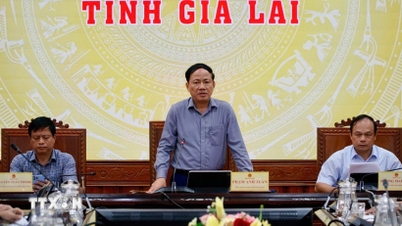











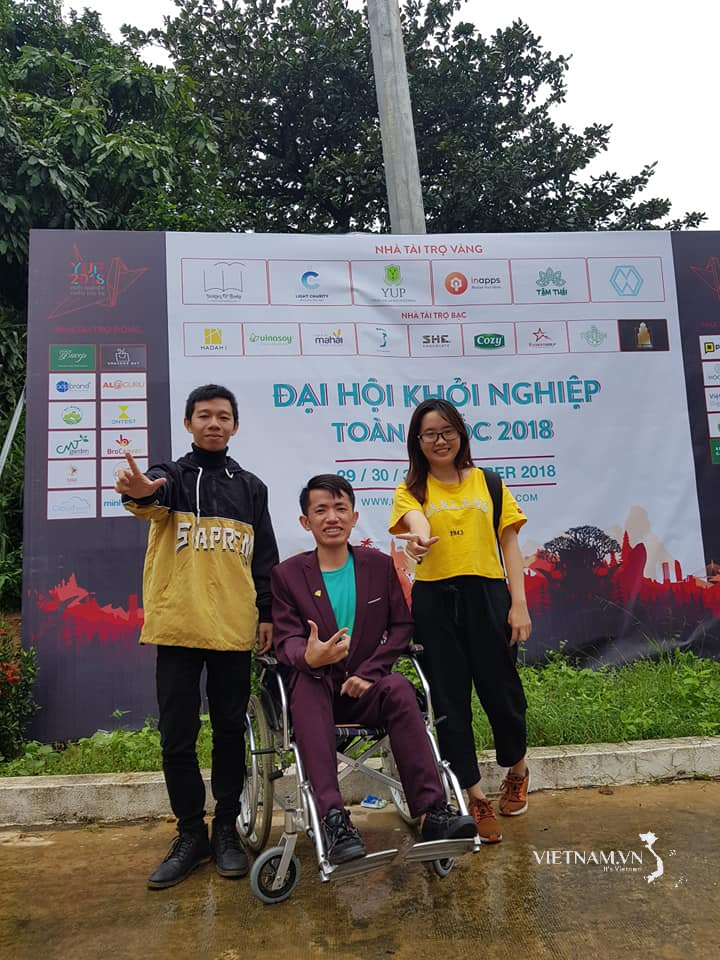

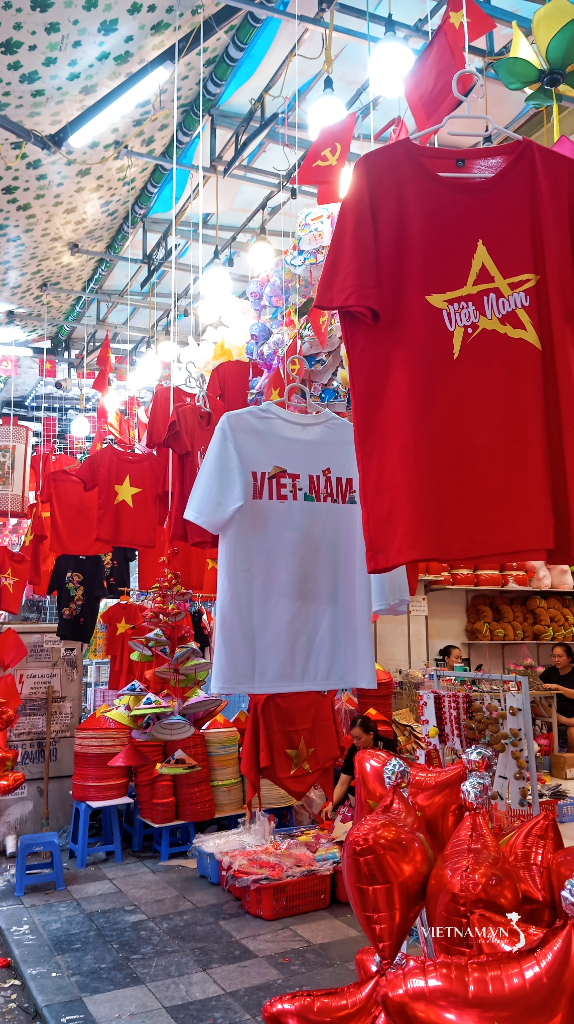

Comment (0)